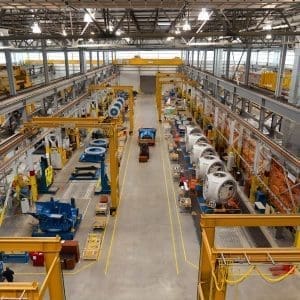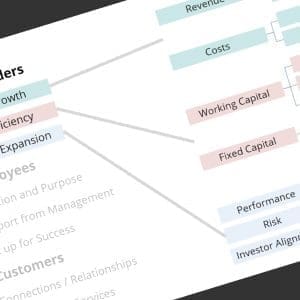Dennis McDonald’s recent post listed Ten Realities of Managing and Using Technology to Generate Business Value. I think a few of these items need some elaboration …
- Implementing a technology based solution without understanding the costs is a big mistake
- … and most projects only consider TCI – Total Cost of Implementation. This typically includes acquisition, first-year maintenance, and professional services (or internal IT time) to integrate with existing systems. Smart managers will add in Recurring Costs, such as annual maintenance fees for packaged software or supporting hardware, and depreciation of capital as part of the project’s cost/benefit. The enlightened IT groups will contemplate true TCO – Total Cost of Ownership – by including some level of incremental headcount required for support of complex, unique, and/or heavily integrated systems. Customizations aren’t free – they keep giving and giving … (or in this case, costing and costing … )
- Just because you adopt a new technology doesn’t mean the users of your old technology will disappear overnight
- Many technology based projects are mostly about business and process change, not about technology
- Technology is usually the easiest part of the project – read a manual, spin up a few servers, type in C:>INSTALL … how tough is that? The difficult part is getting people to use the software, to change their behavior to take advantage of the new process. This is possibly the number one reason why IT projects fail – technologists focus on writing / installing software, instead of business analysts driving to implement a system.
- If you’re not in the technology business, you probably should leave developing new technology to others
- Every other year, without fail, I will run into yet another person in the business who thinks their idea for a productivity-enhancing standalone system, web service, or ERP bolt-on is so brilliant, we could sell a million of ’em, become a new profit center for the company. Typically, these folks have no idea of what it takes to run a software business … they see distribution costs are miniscule and revenues are huge (because, of course, they’ll be able to charge (and collect!) ERP prices …). Unfortunately, they fail to realize the ongoing cost of support – who’s going to take the phone calls, train the users who didn’t read the manual, and deal with the myriad of one-off client configuration problems that prevent WonderWare from starting up.
… and here are five more Realities to add to the list …

- Getting rid of old technology should be a requirement: Woe to the IT department that does not manage the growing complexity of their data center. You can’t keep adding the next server, interface, or application without consciously remembering to turn off and decommission the technology it replaces, else you’ll never get out of the death-spiral of monitoring and patching obsolete technology that stopped delivering value a long time ago.
- “Standing pat” is a valid alternative: It may sound like heresy, but when faced with large recurring maintenance fees or hefty upgrade project, IT must always present the do-nothing option – especially for companies strapped for cash in the short and/or medium term. The business may choose to stop paying maintenance on the mission-critical software, but that (typically) does not mean they have to turn it off. It just means no more patches or telephone support, and hefty back-maintenance charges if they ever want to upgrade in the future. There are many business scenarios where this would make sense – you must always provide it as an option, else you will be perceived as a techie, not a business-person.
- Automate a mess and you get an automated mess: Not sure where I first heard this, but it’s a terrific way of saying that there ain’t no silver bullets. This stuff isn’t magic – if the underlying business process is complicated and counterproductive, piling on some technology will just make it worse.
- The objective is to solve a business problem, not to implement technology: Focus on the end, not the means; if I can do something without technology, I should run (not walk) to that solution. People say things like “we need to upgrade our transportation planning system”. What does that get me? An upgraded transportation planning system. Better to say “we need to implement regional versus local transportation planning, to aggregate spend – and we will do that by upgrading
our transportation planning system to get access to features that make this easy”. - Given enough time and money, I can make a computer do anything: Any developer worth his salt better say that – the real trick is to Pareto the requirements, and figure out if I can do 20% of the work, and get 80% of the benefits.
The best use of technology in business minimizes the complexity – which may mean reducing the technology …





Comments (0)